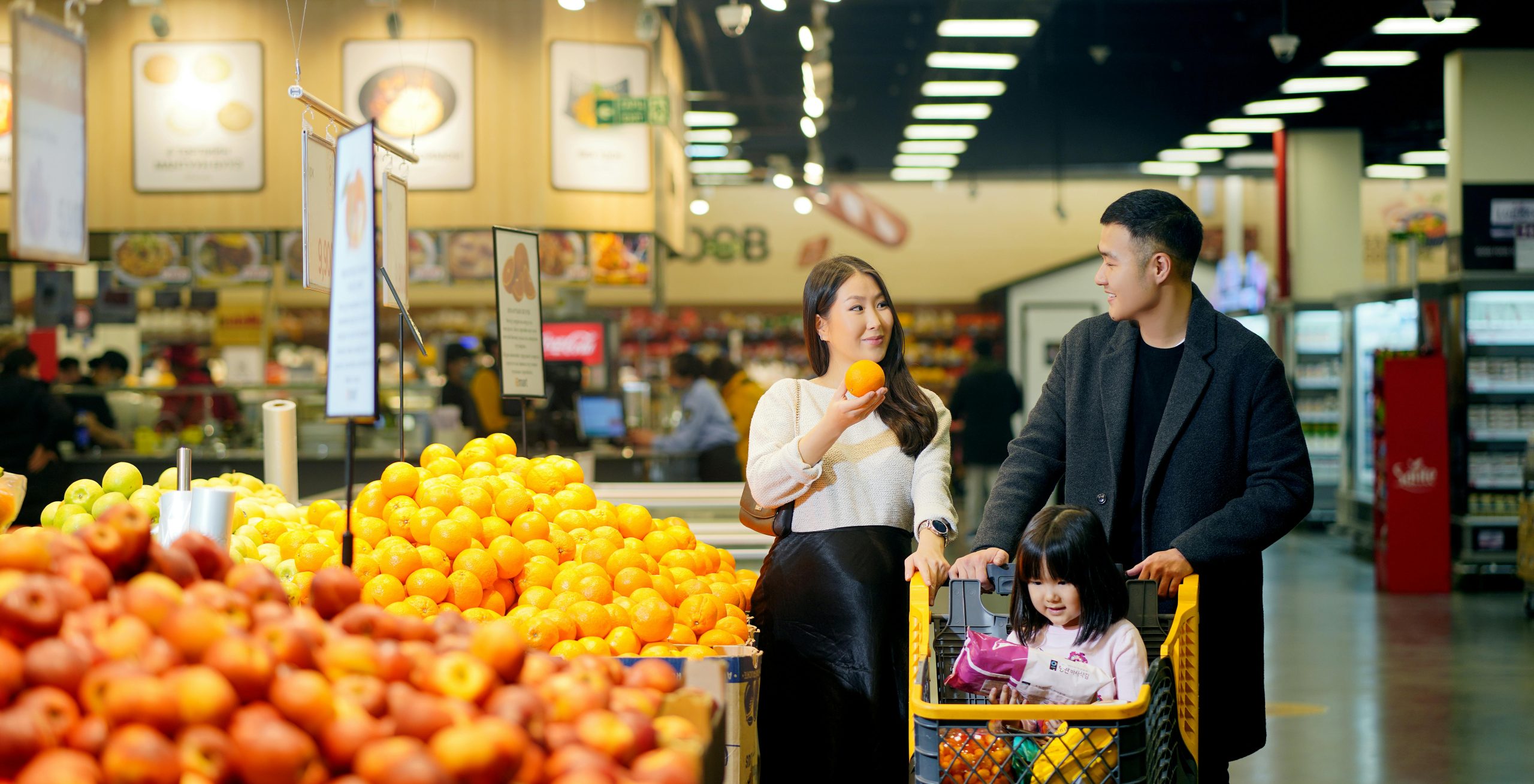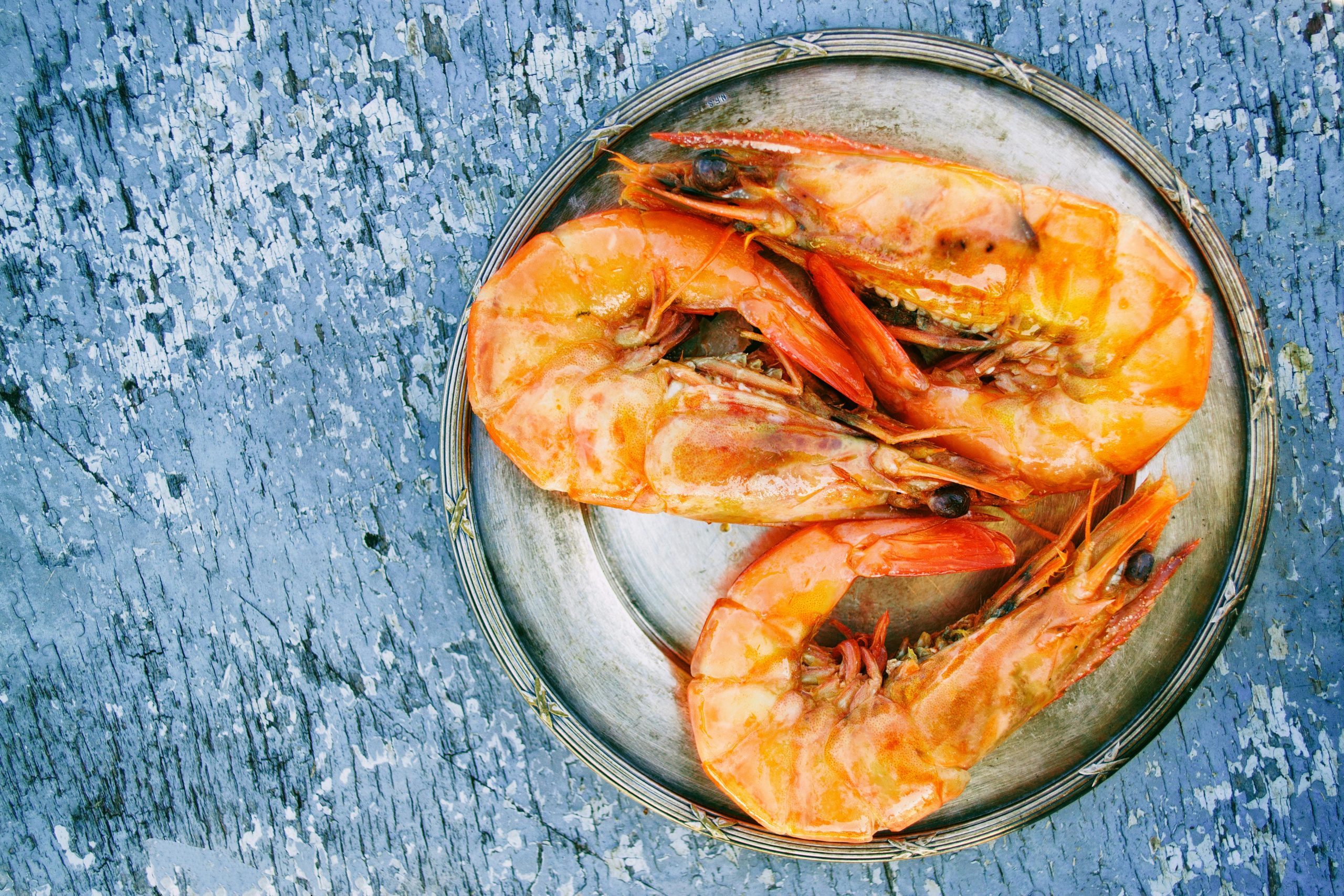With inflation already impacting grocery bills, the potential for new tariffs on imported goods has many shoppers worried about even higher prices. Tariffs—taxes placed on foreign products—can directly affect the cost of food items that rely on international trade. If new tariffs are implemented, everyday staples like fruits, vegetables, seafood, and packaged goods could see price hikes. Understanding how tariffs work and how likely they are to be enforced can help you prepare for possible increases.

Image Source: Pexels
Why Do Tariffs Affect Grocery Prices?
Many of the foods we buy come from other countries, either as finished products or as raw ingredients used in processed foods. When tariffs are placed on imports, companies often pass these extra costs down to consumers. This will lead to higher grocery prices. For example, tariffs on agricultural imports can make produce from Mexico or South America more expensive, while tariffs on packaging materials can increase the cost of canned and boxed goods. The more a grocery item depends on foreign trade, the more vulnerable it is to price spikes if tariffs are imposed.
How Likely Are New Grocery-Related Tariffs?
The likelihood of new tariffs depends on trade policies and international relations. In recent years, they have been used as a tool to address trade imbalances. However, they have also resulted in unintended consequences, such as price increases for consumers. While no major grocery-related fees are currently in place, there is always the possibility. Factors like diplomatic relations, economic policies, and supply chain challenges all play a role in determining whether tariffs will be enforced shortly.
Which Grocery Items Could See the Biggest Price Increases?

Image Source: Pexels
If tariffs are imposed on imported goods, certain grocery items will likely be affected more than others. Some of the most vulnerable categories include:
- Fresh Produce: Many fruits and vegetables, such as avocados, bananas, and tomatoes, are imported from countries like Mexico and South America.
- Seafood: A significant portion of seafood sold in U.S. stores is imported from Asia and Europe, making it susceptible to tariffs.
- Packaged Foods: Processed foods that rely on imported ingredients, such as coffee, chocolate, and pasta, could see price hikes.
- Dairy and Meat Products: If fees are placed on livestock feed or agricultural equipment, the cost of raising animals could rise, leading to higher prices for dairy and meat.
How to Save If Grocery Prices Rise Due to Tariffs
If tariffs lead to increased grocery costs, there are several ways to minimize the impact on your budget.
- Take advantage of digital and paper coupons, store loyalty programs, and cashback apps like Ibotta to lower your total bill.
- Supporting local farmers and choosing in-season produce can help you avoid the markup on imported goods.
- If you notice price increases on specific items, consider buying in bulk.
- Generic brands often cost less than name-brand products, and trying new alternatives can help reduce spending.
- Stores like Aldi, Lidl, and warehouse clubs often have lower prices on essentials, helping you stretch your budget further.
While tariffs have the potential to drive up grocery prices, there are ways to prepare and save. By staying informed on trade policies and making the most of discounts and coupons, you can navigate any price increases. You can also do it without breaking the bank. Keeping an eye on potential developments will also help you adjust your shopping habits to avoid unnecessary spending.
Read More
Where Can You Buy The Cheapest Groceries, Suburbs Or City?
Throwing Away the Future: 10 Startling Reasons Why Food Waste Is a Global Crisis
